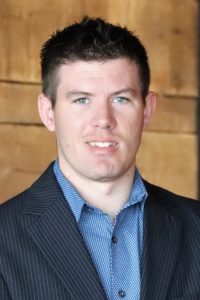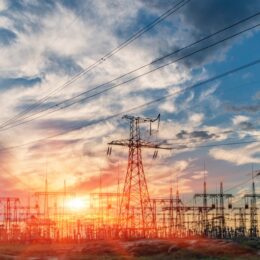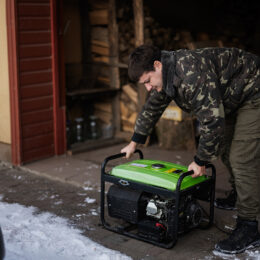
BY JOSH DURBIN
Electric cooperatives are transforming how they plan to meet energy demands to account for more renewables, such as solar and wind, powering the energy grid.
The Midcontinent Independent System Operator, Inc., known as MISO, manages high-voltage electricity transmission in 15 central U.S. states and Manitoba in Canada. MISO has updated planning requirements for electricity providers to ensure that they can fulfill consumers’ energy needs. MISO now requires electricity providers to plan to meet their peak demand for each season of the year, along with a larger reserve margin requirement in the winter. The two generation and transmission cooperatives in Indiana, Hoosier Energy and Wabash Valley Power Alliance, have incorporated the changes into their long-term resource planning for powering their member electric distribution cooperatives.
“MISO is recognizing that each season has its own characteristics, in terms of load and demand, as well as the fleet generating electricity,” said Vicki Myers, manager of power supply for Wabash Valley Power Alliance. “The organization wants to plan for the variance in demand and make sure that the generation resources can appropriately meet the need for each season.”
The fluctuating conditions that Mother Nature throws at us can affect renewables’ generation capabilities. But coal and natural gas power plants can generate electricity as needed; some run up to 24 hours per day.
In the new model, electricity providers need to plan for about 25% additional capacity beyond the projected seasonal peak load in winter — more than in summer, which is about 8%.
“The impact initially may include cost implications,” Christy Langley, director of power supply portfolio and risk management for Hoosier Energy, said of the new requirements. “The amount of required capacity for the winter season is much higher than it has been in the past.”
MISO also changed the electricity generation capacity credit based on the ability of renewable resources to produce energy during different seasons. Solar arrays generate more electricity in the summer than winter, while wind turbines are the opposite, said Matt Moore, executive vice president of power supply for Wabash Valley Power Alliance. MISO accounts for the fact that solar arrays produce more electricity in the summer and that wind turbines produce more in the winter.
“The primary goal set by MISO for these changes is to increase reliability,” Langley said. “If MISO’s efforts prove successful toward that goal, an increase in reliability could help member electric distribution co-ops, along with Hoosier Energy and Wabash Valley Power Alliance, as it plays a part in overall grid stability.”
JOSH DURBIN is the energy advisor at Steuben County REMC in Angola, Indiana.




